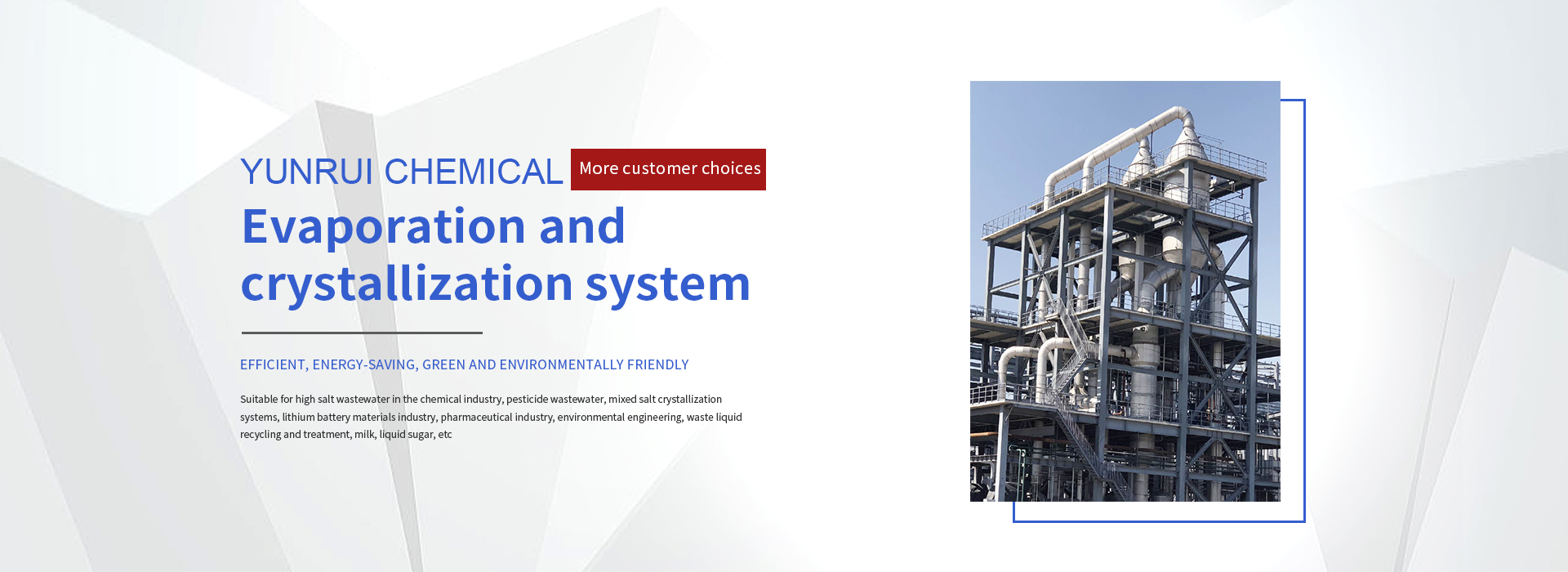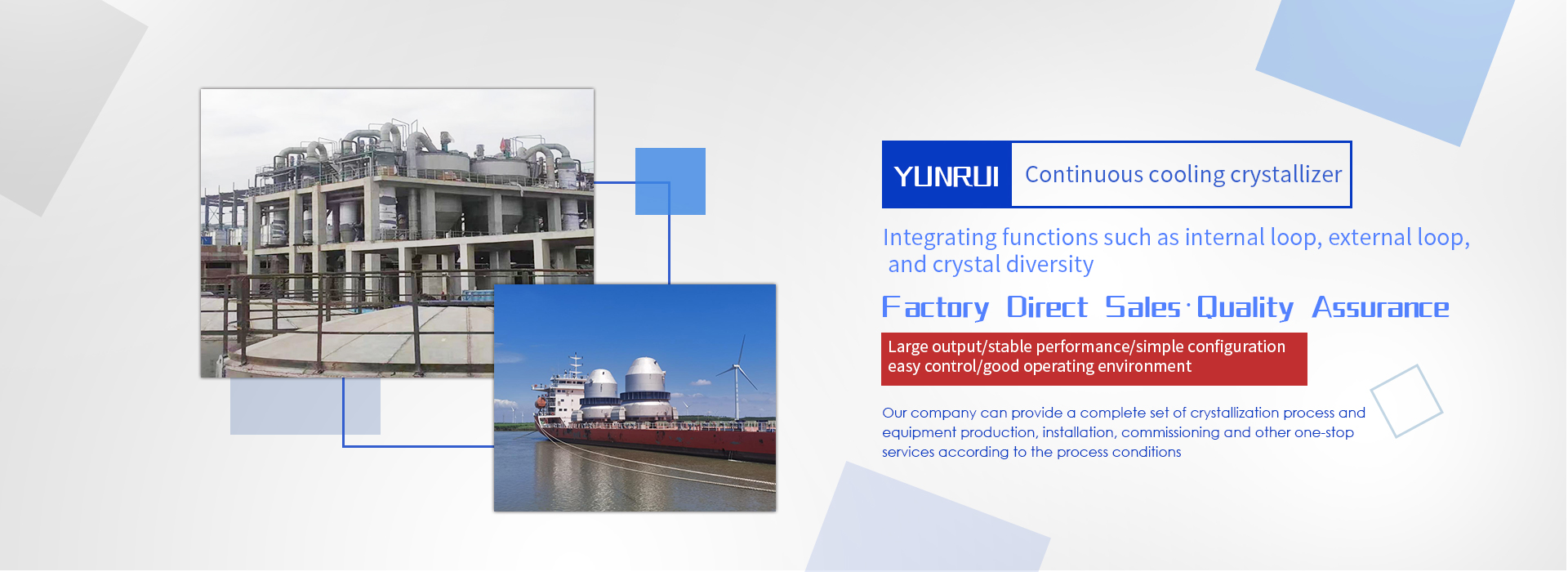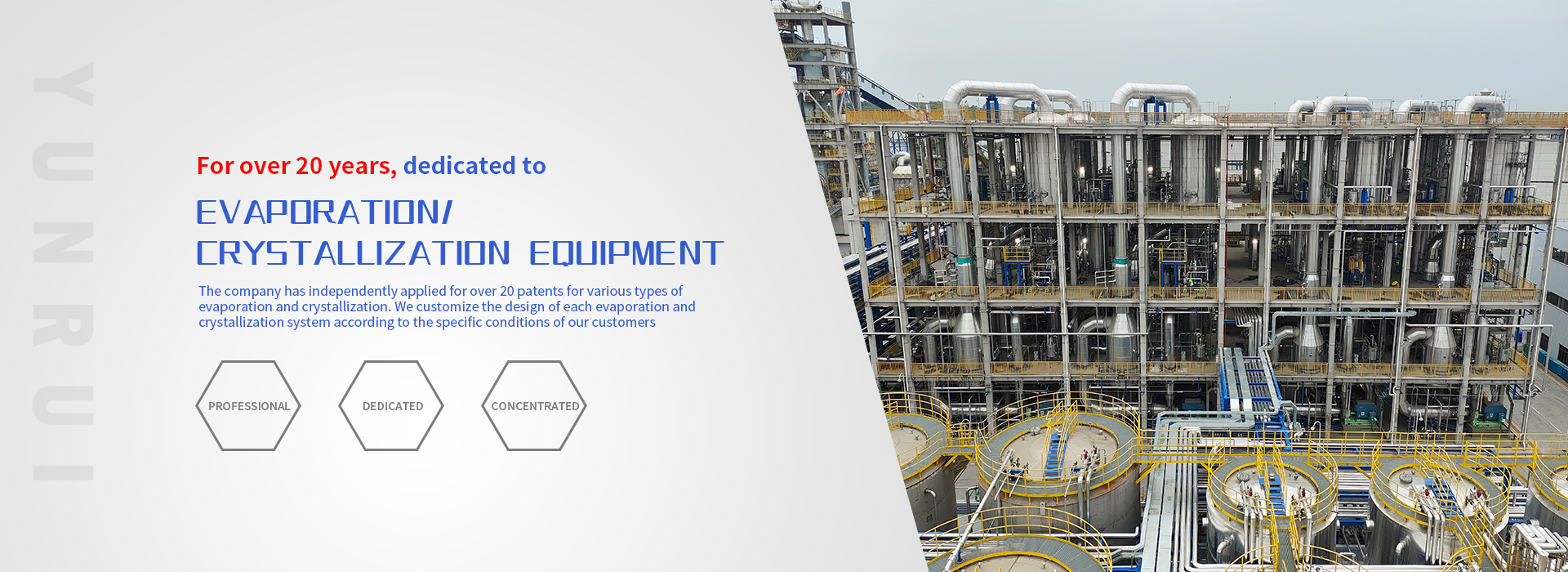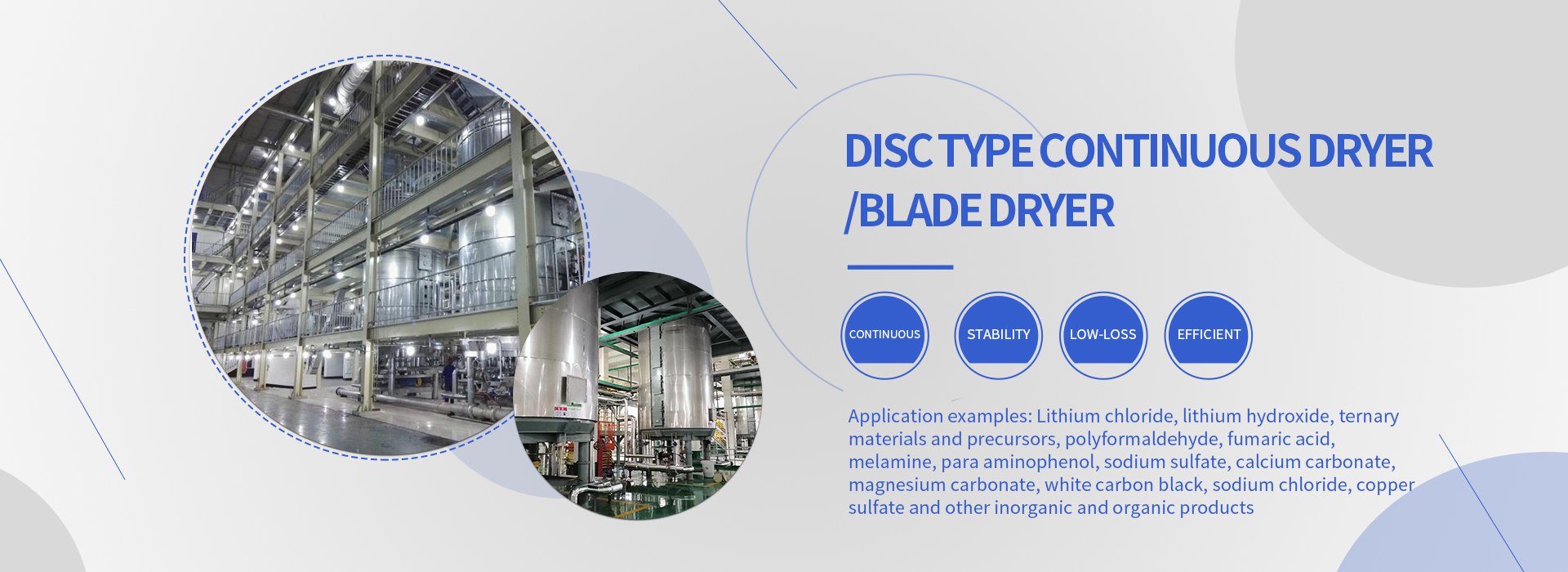The main difference between a rising film evaporator and a falling film evaporator lies in the flow direction of the solution and the distillation process.
Rising film evaporator: The raw material liquid enters the heating tube from the bottom of the evaporator, and after being heated, it quickly vaporizes. The formed steam rises rapidly in the tube, pushing the material liquid to produce a thin film like rise along the wall thickness, and continues to evaporate during the rising process. These air conditioning evaporators are suitable for water surface evaporation, heat sensitivity and foam prone aqueous solutions, but not suitable for materials with very high viscosity and easy crystallization or scaling. The heating chamber of the rising film evaporator is composed of many vertical long tubes. After being heated, the liquid is introduced through the bottom of the air conditioning evaporator and quickly vaporizes when heated in the heating tube. The formed steam rises rapidly in the heating tube, and the aqueous solution is also pushed by the rising steam to rise along the wall thickness in the form of a coating, and continues to evaporate during this process. The gas-liquid mixture is separated in the separator, and the successful liquid is discharged from the bottom of the separation equipment, while the secondary steam is guided out at the top.
Falling film evaporator: The raw material liquid is added from the top of the heating chamber, and under the action of weight, it produces a thin film like decrease along the inner cavity of the tube, and then undergoes evaporation and concentration. The aqueous solution is added from the heating unit and distributed to various heat exchangers in combination with the coating equipment. Under the influence of force, vacuum suction cup, and cyclone, a downward uniform plastic film water curtain is produced. The falling film evaporator is suitable for heat sensitive materials and is not suitable for materials that are prone to crystallization, scaling, or have very high viscosity. A falling film distributor must be installed at the top of each heating tube to ensure that the inner wall of each pipeline is wetted by the liquid material and that there is a continuous slow passage of liquid. If a portion of the wall thickness produces a dry wall condition, the production capacity cannot be achieved, and even the quality cannot be guaranteed.
In addition, the falling film evaporator does not have strong negative pressure, which is less likely to cause temperature difference damage and is more beneficial for the volatilization of thermosensitive solutions. The main reason for the thin film like fluidity caused by the downcomer type is different from that of the riser type. The former is mainly due to the gravitational force and the wetting force of the liquid on the wall thickness, resulting in the liquid coating being dirty along the wall thickness, regardless of the secondary steam velocity in the tube. Therefore, the downcomer type is suitable for places with relatively low water surface evaporation.
Hebei Yunrui Chemical Equipment Co., LtdIndustrial evaporation, crystallization, drying, and
tower general contractor
tower general contractor
National Consultation Hotline:0311-68019522

 中文(簡體)
中文(簡體) 





